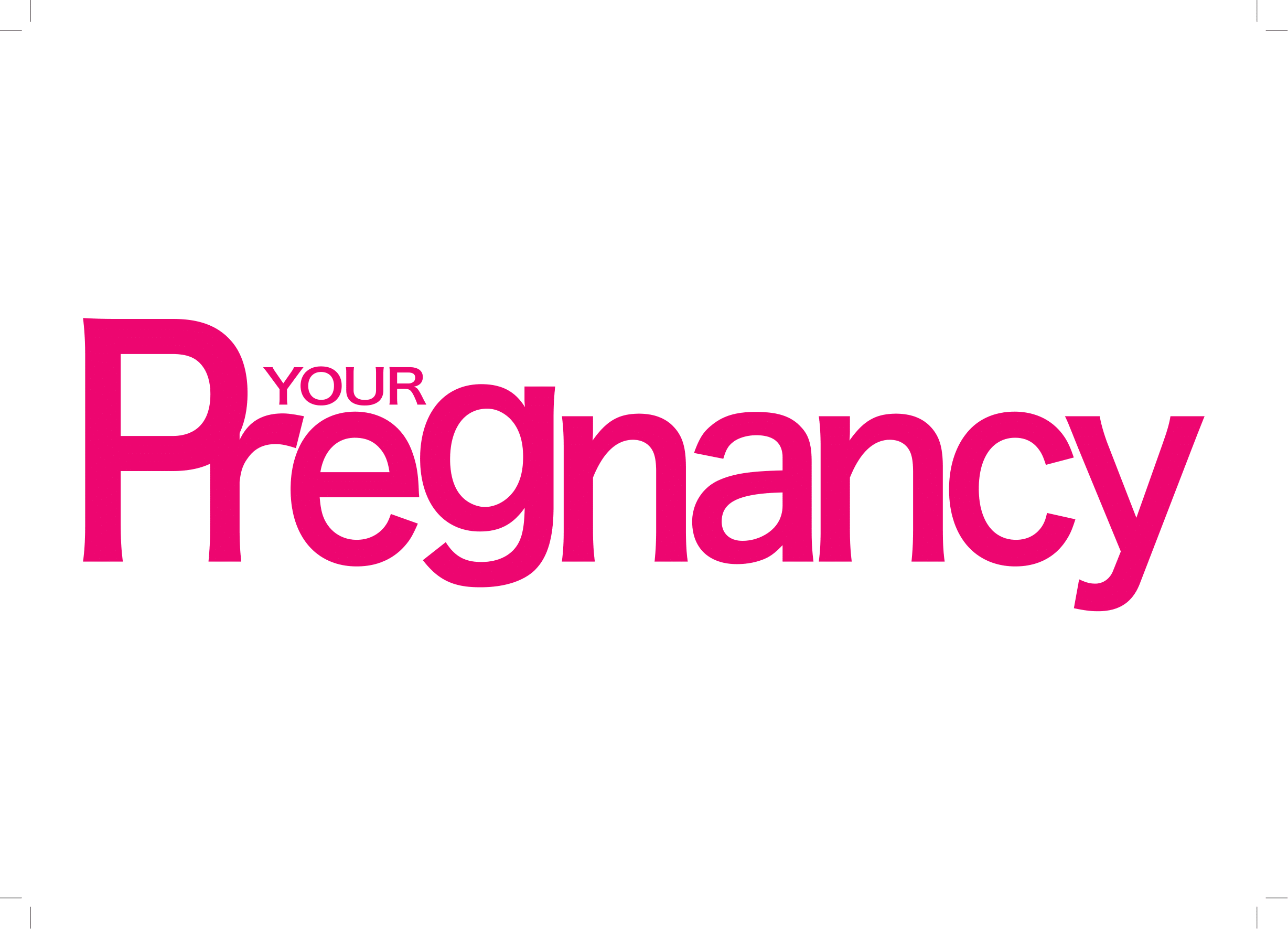
The body's own repair kit
Stem cells are the body’s master cells – they have the remarkable ability to develop into anything and everything that makes up the human body, whether skin, tissue, blood, organs, muscle, bones or nerves.
Stem cells are the body’s own repair kit and this means they can be used to treat any number of life-threatening and debilitating diseases, such as leukaemia, spinal cord injuries and multiple sclerosis.
The richest source of stem cells
The richest source of stem cells is the developing embryo, but they are also abundant in the umbilical cord and placenta. Stem cells are also found in adults in peripheral blood, neural tissue, adipose (fat) tissue and bone marrow, and they are active in repairing tissue and replacing blood cells. But these cells are limited and as we get older they reduce in numbers.
Stem cell research is controversial as it involves creating embryos in the laboratory so that the stem cells can be harvested.
The harvesting of stem cells doesn't need to be a controversial topic
Cryogenic preservation has made it possible to collect a newborn baby’s own cord blood immediately after birth and store it, in case it is ever needed. This procedure is not at all controversial as the umbilical cord and placenta would otherwise be discarded.
How stem calls can be useful
With normal transplants, it is often difficult to find a matching donor and the risk of rejection is high. But cord blood is always a perfect match for the person from whom it was extracted, and there is a 1:4 chance that the cells will be a match for a sibling or 1:8 for a parent.
The first cord blood transplant was performed in France in 1988. A 6-year-old boy with severe Fanconi’s anaemia received cryopreserved umbilical cord blood from his younger sister. Today he is healthy and has had no further manifestations of the disease.
With all the current research into stem cells, it is likely that retrievals will increase in the future, as more diseases become treatable.
Will it hurt my baby
The collection procedure is simple and completely painless. Once the baby has been safely delivered, the physician clamps the umbilical cord and drains the blood by gravity into a sterile collection bag. The blood is processed and cryogenically stored in vapour liquid nitrogen at -196°C.
Pricing
For updated pricing information, please read Stem cell storage.




 Publications
Publications
 Partners
Partners










